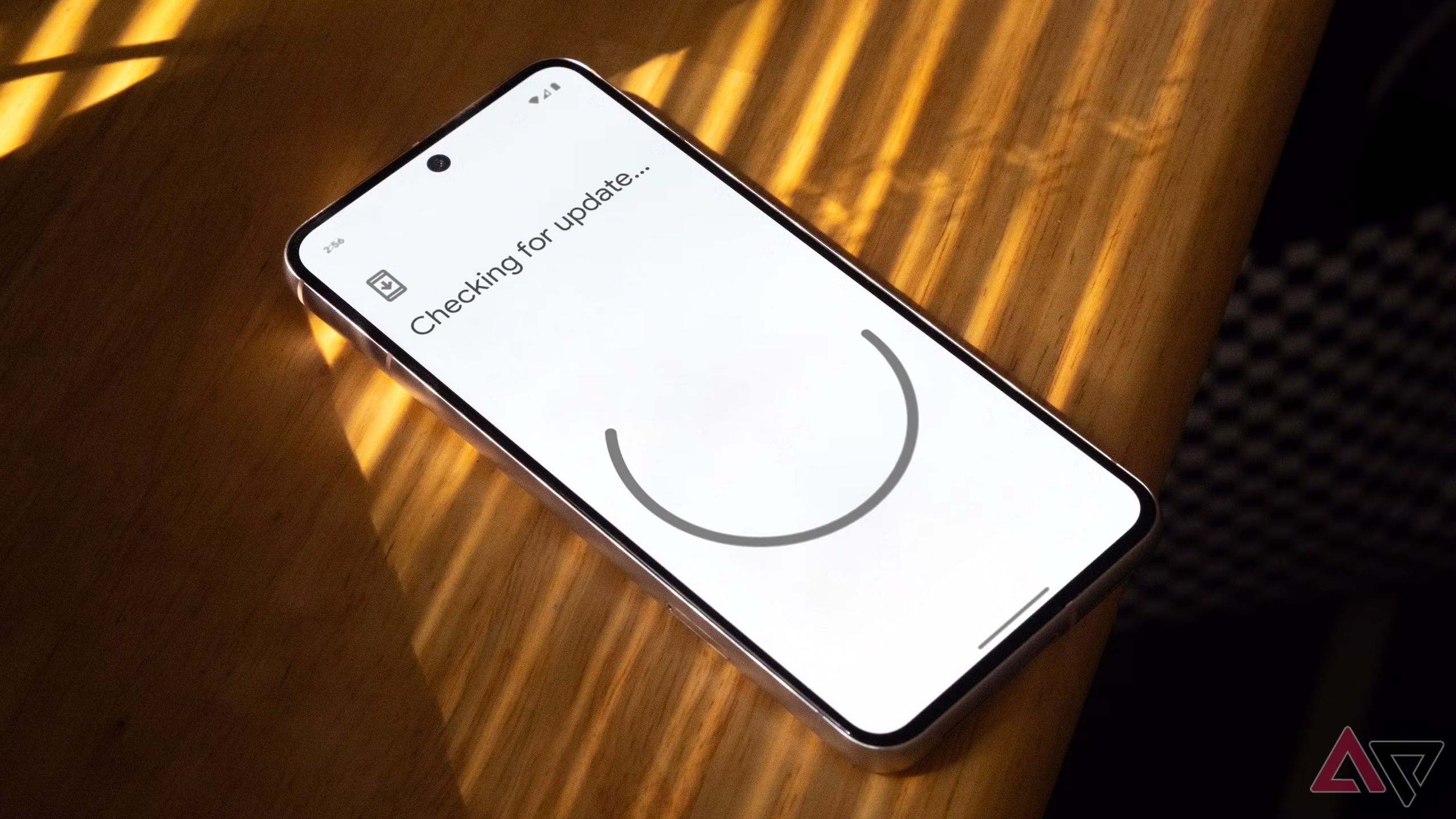The current generation of cell network, 5G, has only been in our lives since 2019, but it already feels unfathomable that we could go back to 4G. But even the super-speedy 5G isn’t the pinnacle of mobile internet speed, as T-Mobile has been discussing what the next big leap, 6G, will bring and when it could arrive.
You might expect that it would take a long time to get here too, but according to T-Mobile’s chief technology officer, it’s possible the US could get 6G as soon as 2030. On top of this, it’s also likely the US will be the first territory to experience such speeds, with Europe in particular being likely to fall behind.
6G could come as early as 2030
The US and China lead the race
T-Mobile’s chief technology officer, Ulf Ewaldsson, made comments about 6G during an event in Copenhagen this month. According to his presentation, T-Mobile is pushing hard to reach the next section of cell connectivity, with the aim being to introduce it as soon as the end of the decade. What would be the major advantage of 6G? As you might expect, speed is at the top of the list, with latency expected to fall under one millisecond. But also included is a far larger bandwidth, up to 100-times more data usage, and over 500 billion devices potentially connected across the globe. And of course, since it’s 2025, AI got a mention, with Ewaldsson also making a comment that a 6G network would be “artificially intelligent” and capable of responding to a user’s particular need.
Yes, there’s a certain amount of pie-in-the-sky here, but no-one can fault T-Mobile’s ambition. And while US companies are looking to a 6G future, China, too, is pushing ahead to surpass 5G as fast as possible. China Mobile is rolling out 5G-Advanced, and has 50,000 sites with speeds reaching 4.2 Gbit/s, marking China as one of the forerunners in the race to reach 6G.
On the flip side, European carriers were largely silent on the subject of 6G, with more discussion being had there about the uses of AI to help optimize 5G networks. European carriers had previously been accused of lagging behind the US and China where 5G was concerned, and it seems that trend will continue with the move towards 6G. If you live in a European country, then it’s possible you won’t see much 6G coverage until after it’s become commonplace in other territories.
While this may seem like a fairly small annoyance restricted to just people living in Europe, it could have knock-on effects for the entire industry. There are worries that a lack of European ambition towards 6G could lead to a split within the 3GPP, which governs how mobile networks develop. There is a large push to make 6G a more seamless switch than happened with 5G, and European carriers dragging their feet could hamper that.
However, we’re at very early days for 6G yet, so there’s plenty of time for that to change. 6G is definitely on the way, and its coming will likely herald a new age in smart technology.



